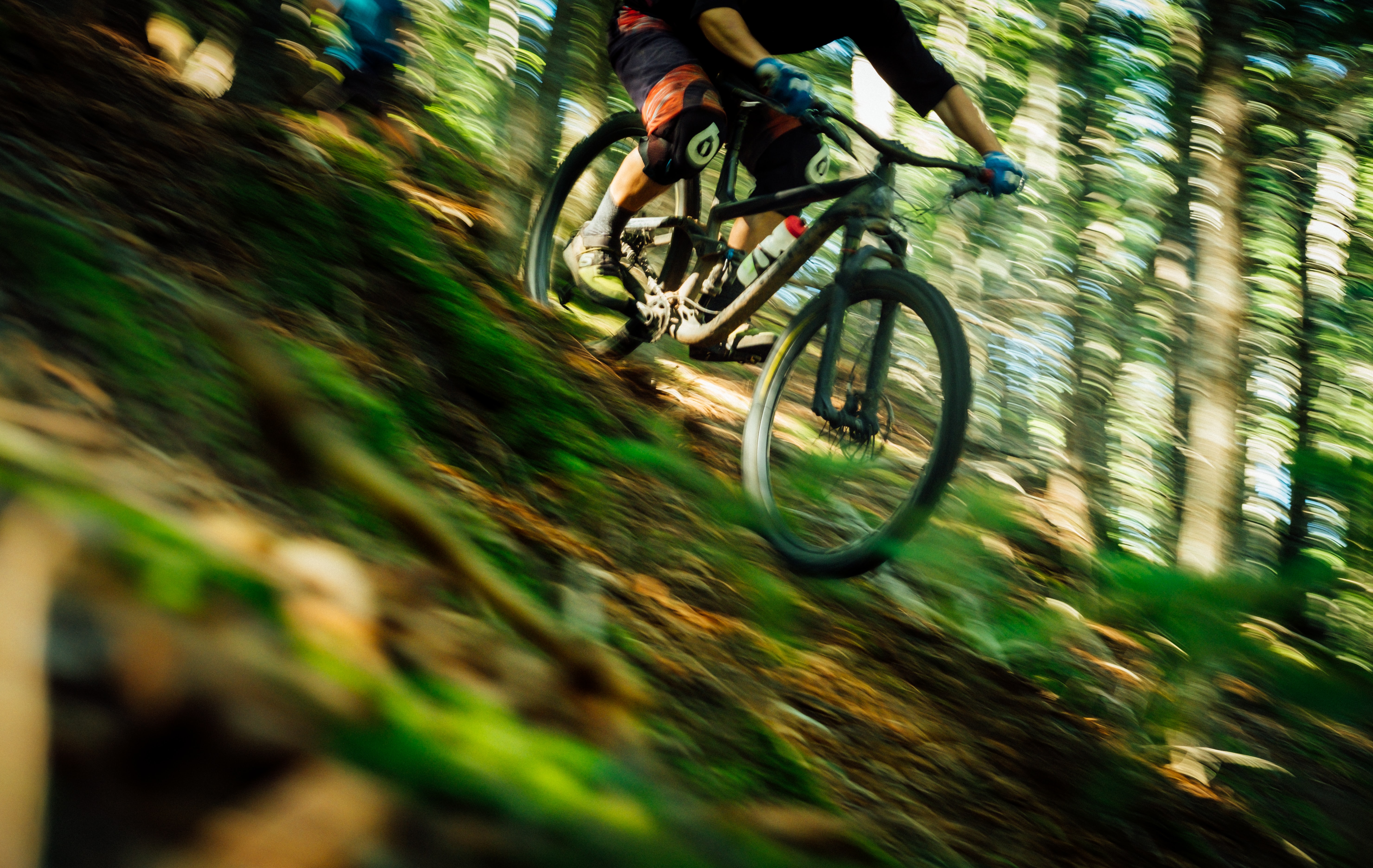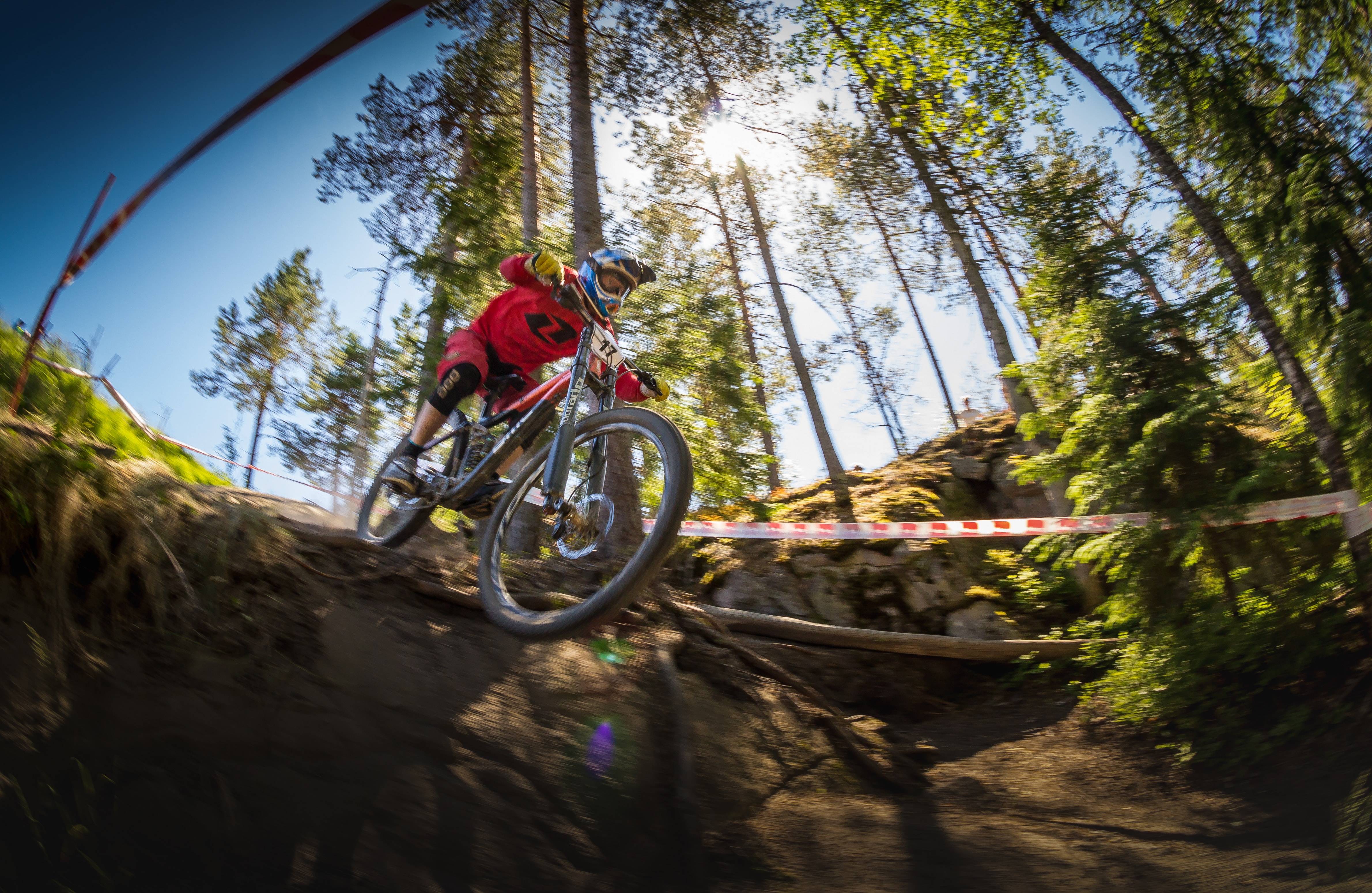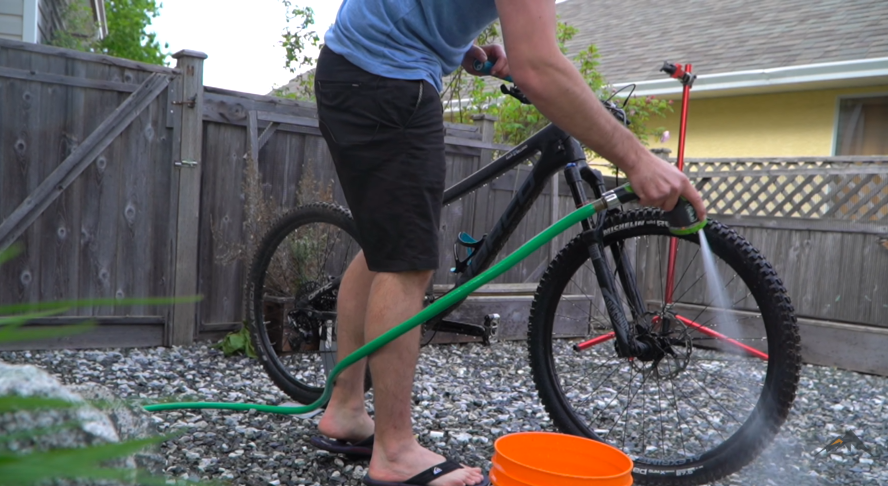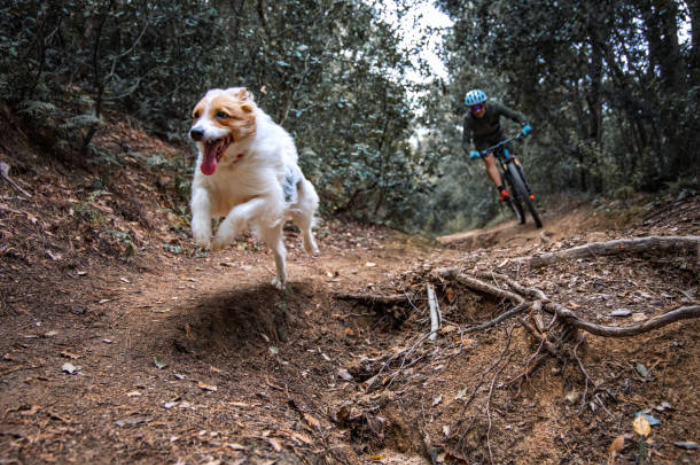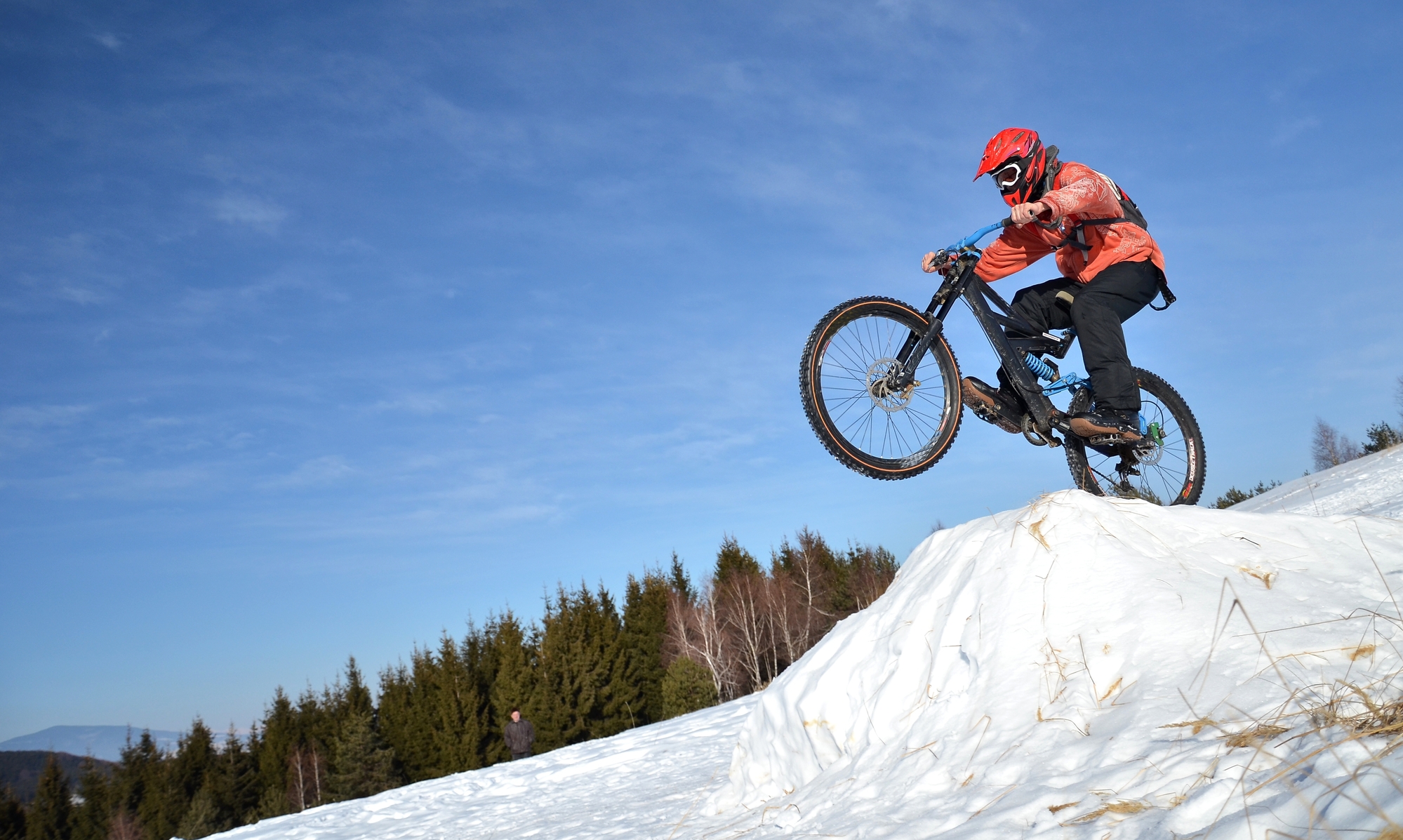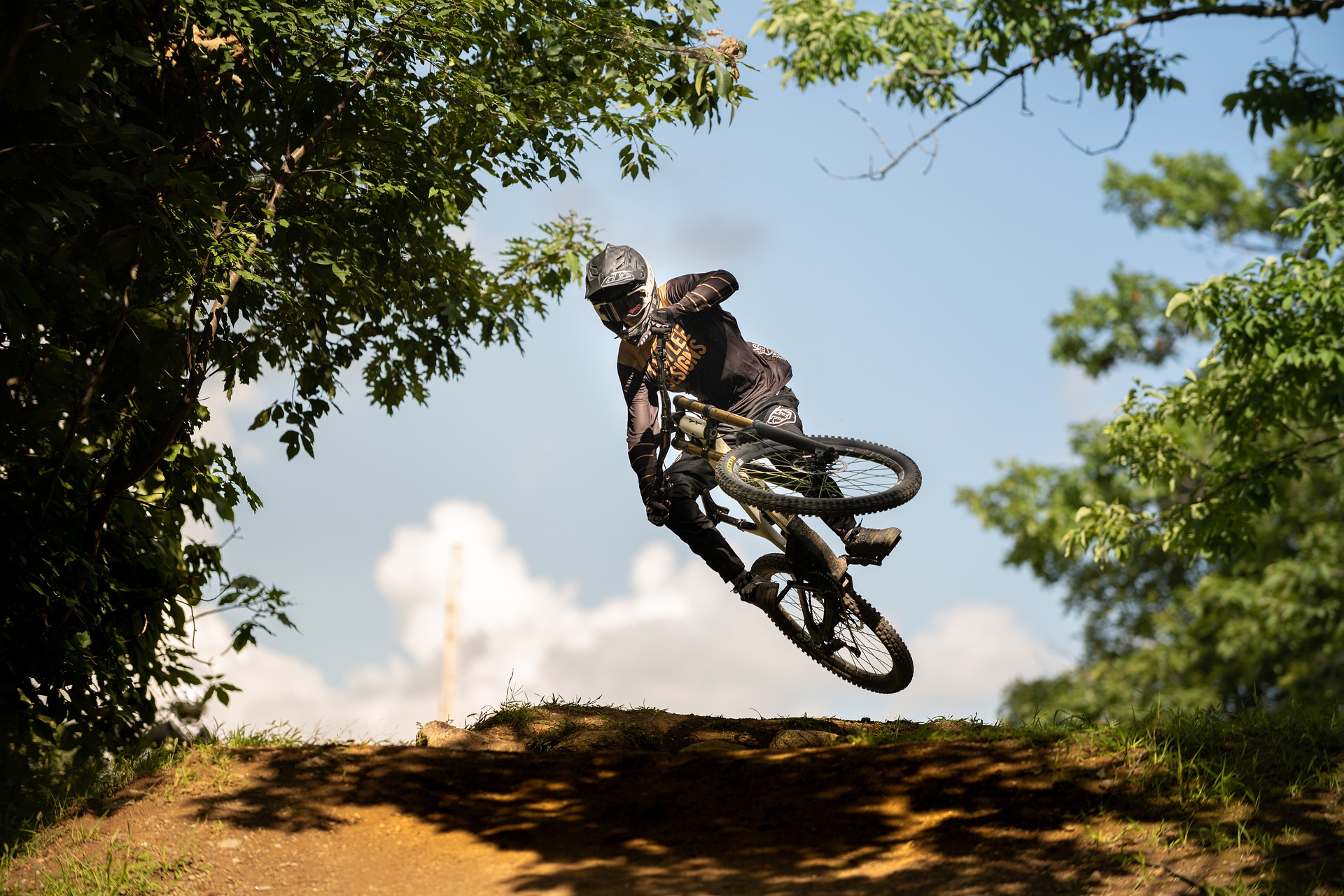Mountain biking can be a lot of fun, but it's not without its risks. Many people experience knee pain when riding off-road. This can be frustrating and make it difficult to enjoy the sport.
There are a few different reasons why you may experience knee pain while mountain biking. Let's explore some of them and what you can do to prevent or alleviate the pain!
Why Do Your Knees Hurt from Mountain Biking?
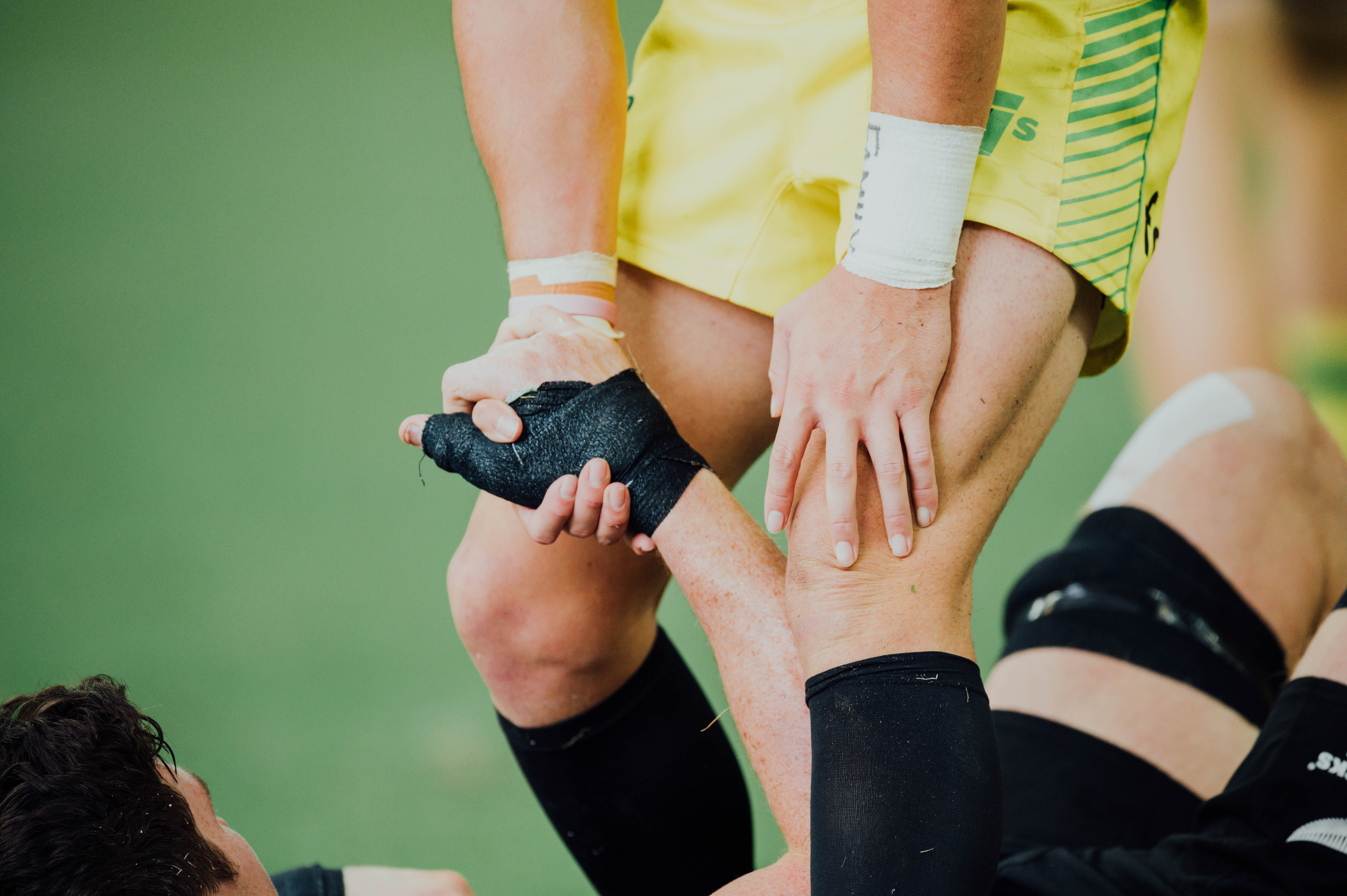
Mountain biking is a physically demanding sport. Although it has its roster of physical benefits, it also comes with a few risks. One of the potential dangers is joint pain, and specifically, knee pain.
There are several reasons why you might experience knee pain while mountain biking:
Overtraining
When you put your body through too much stress, whether it's from working out too hard or doing too many activities, the risk for injury goes up.
This is because your muscles and other tissues cannot recover properly. If you're mountain biking frequently, and especially if you're starting to feel pain during or after rides, make sure to take some rest days and let your body recover.
Inadequate Warm-Up
It's essential to properly warm your muscles up before any physical activity, but this is especially true for mountain biking. Warming up helps increase blood flow to your muscles and gets them ready for the demands of riding.
A good warm-up should last at least 15 minutes and include some light cardio and dynamic stretching. If you don't warm up before mountain biking, you're more likely to experience pain, both during and after your ride.
Poor Bike Maintenance
If your bike isn't properly maintained, it can lead to pain and discomfort while riding.
Make sure to check all of your bike's components regularly and keep them in good condition. This includes the brakes, gears, chains, tires, and suspension.
Failure to do so can increase the risk of injury, and knee pain is one of the most common injuries associated with poor bike maintenance.
Foot Placement
Your feet are the foundation of your entire body, so it's essential to ensure they're in the proper position when mountain biking.
If your feet are too far forward or backward on the pedals, it can put unnecessary strain on your knees. Make sure your feet are positioned in such a way that they're able to apply power evenly to the pedals.
Incorrect Saddle Height
A good rule of thumb is to set your saddle at a height where your leg is almost fully extended when the pedal is in its lowest position. This will allow for proper pedaling mechanics and reduced stress on the knees.
When the saddle is too low, you'll put more stress on your knees because you'll have to bend them more to reach the pedal. When it's too high, you'll increase the torque on your knee joint and cause excessive strain in your ankle.
Narrow Handlebars
Handlebars that are too narrow can cause you to grip the bars tightly, which puts unnecessary strain on your muscles and tendons. This can lead to pain in the wrists, elbows, and shoulders - as well as the knees.
Make sure your handlebars are at a comfortable width for you. This will help reduce the risk of pain and injury.
Incorrect Gears
Not using the correct gears when mountain biking can put a lot of stress on your knees.
Make sure to use the appropriate gear for the terrain and your fitness level. This will help reduce fatigue and minimize knee pain. If you're not sure which gear to use, consult your bike's owner's manual or ask a cycling expert.
Poor Posture
Maintaining good posture is vital for all forms of exercise, but it's especially important when mountain biking. Poor posture can lead to muscle imbalances and unnecessary strain on your joints.
Make sure to keep your back straight and maintain an upright position while riding. This will help reduce the risk of pain and injury.
Sudden Speed Changes
Sudden speed changes can also put a lot of stress on your knees.
Make sure to increase and decrease your speed when mountain biking carefully. This is why experienced riders always use their gears to control their speed - rather than brakes.
Any sudden change in pace can lead to pain and discomfort, so it's important to be gradual when changing speeds.
Mountain Biking can cause many other effects for you. Read more in our article about what mountain biking does to your body.
Are There Treatment Options for Knee Pain?
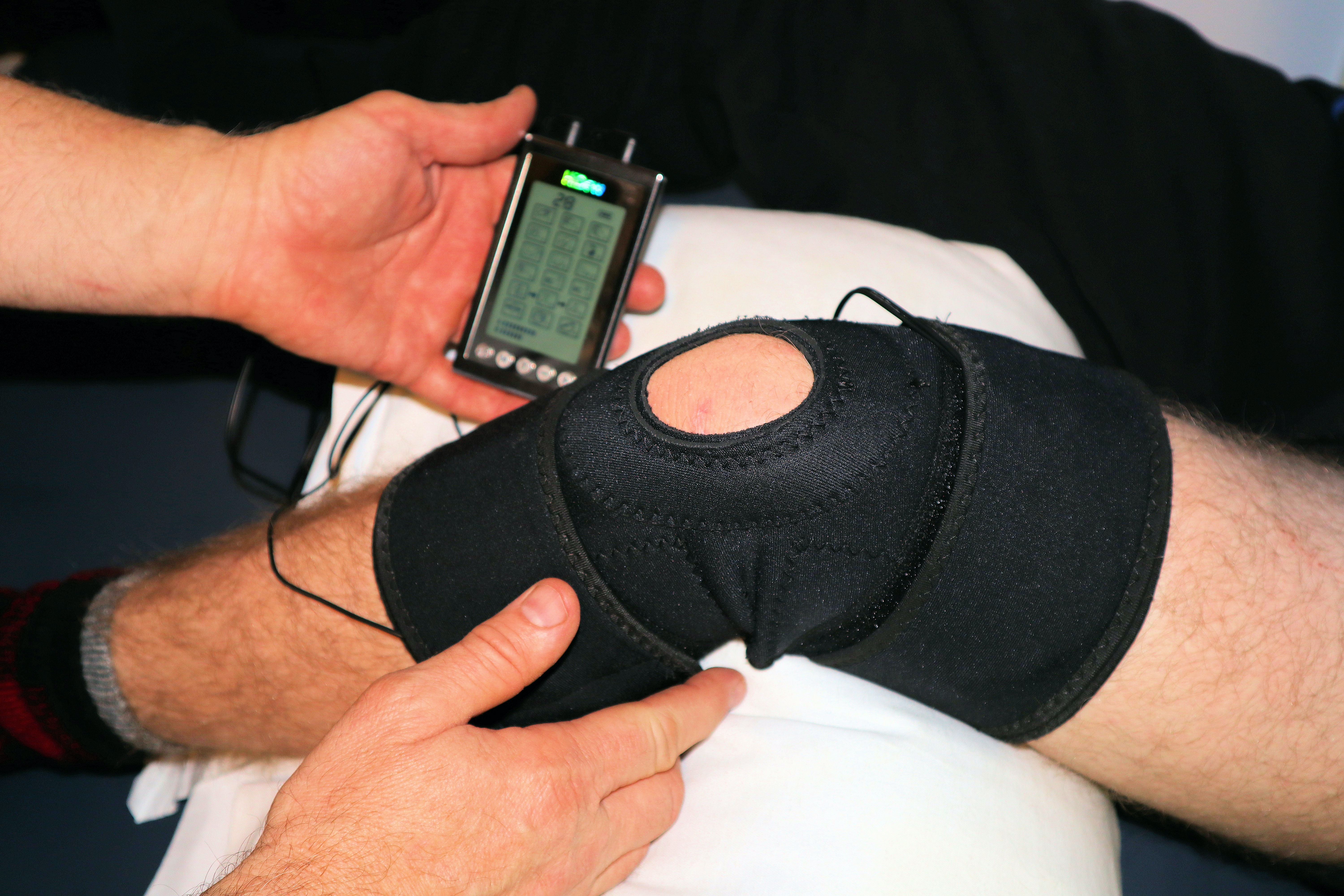
If you're experiencing knee pain, a few treatment options can help.
1. Active release techniques (ART)
Active release techniques (ART) are patented massage techniques that use movement to help soften strained tissue.
Deep pressure is applied to your sore muscles as you carry out specific exercises that cause the muscles to contract and expand. This technique for treating soft tissue damage has a 90%+ success rate, with no serious adverse effects.
Only a handful of certified ART practitioners are available, so finding one in your area may be challenging. However, the benefits of this treatment option outweigh the hassle.
2. Physical therapy
This is one of the best ways to rehabilitate your knee. Physical therapy helps you fix the damage that comes with overuse and regular wear and tear.
A doctor will often prescribe physical therapy to help you get back on your feet after an injury. It's also common for people with chronic knee pain to seek out physical therapy to help them manage their symptoms.
A course of physical therapy usually lasts around six weeks, but this can vary depending on the severity of your condition.
3. Knee joint injections
There are two common types of knee joint injections, hyaluronic acid and corticosteroid.
Within 24 to 48 hours, you should notice a significant reduction in knee discomfort with either injection type. Due to the low risk of side effects, this is a standard treatment option for those suffering from knee pain after mountain biking.
4. Chiropractic care
Chiropractic care is a type of alternative medicine that focuses on diagnosing and treating musculoskeletal disorders.
Chiropractors use a variety of techniques to help relieve pain, improve range of motion, and reduce inflammation. This is an excellent option for those looking for a natural way to treat their knee pain.
5. Spinal cord stimulation
Neuromodulation might be a good option for patients with chronic pain that doesn't go away with other treatments.
Spinal cord stimulation (SCS) or TENS units therapy sends tiny electrical signals to your brain to block the transmission of pain signals from the damaged nerve.
Spinal cord stimulation is a non-invasive surgical intervention that is considered safe, effective, and reversible.
How Long Should You Wait Before Riding Again?
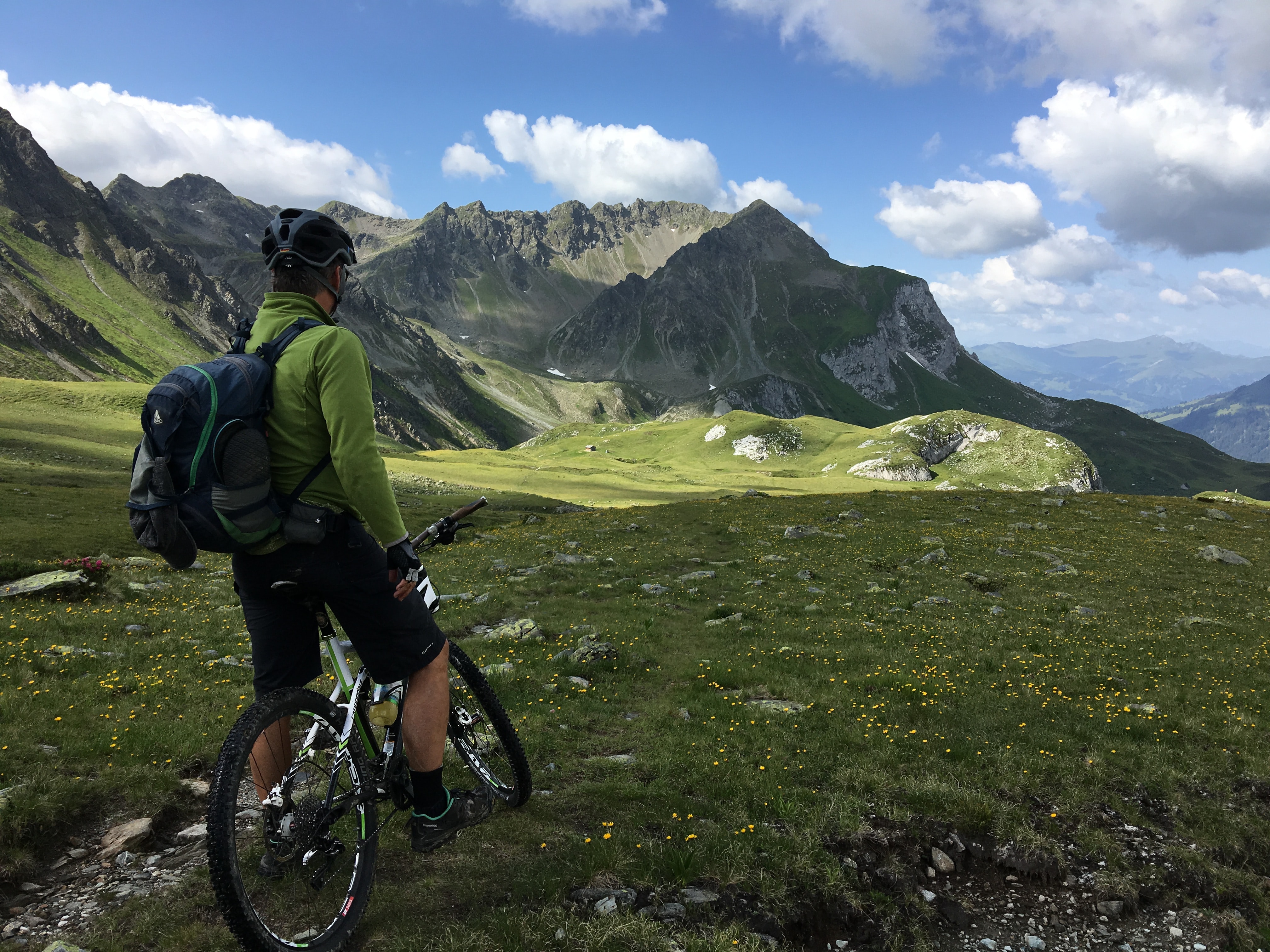
Once you've started treating your knee pain, it's essential to follow the doctor's orders and give yourself time to heal.
If your treatment was minor and non-surgical, cycling should be gradually reintroduced with strength-building knee exercises.
After a rehabilitation period to allow for full recovery, intensity and duration of activity may be slowly increased.
If you had surgery, you'd need to wait until your doctor gives you the go-ahead before getting back on your bike. Depending on the severity of the injury, this could be anywhere from six weeks to six months.
Recovery times will also vary depending on how well you follow the post-operative instructions given to you by your surgeon.
Conclusion
Mountain biking is a great way to exercise and enjoy the outdoors, but always be aware of the risks. Knee pain is a common injury among mountain bikers, but treatment options are available.
If you're suffering from knee pain, talk to your doctor about the best course of treatment for you. And once you've started therapy, be sure to follow the doctor's orders and give yourself time to heal before getting back on your bike.
Happy trails!

